Continued from post here.
The following issues must be also considered when setting up a smart lighting system:
- wireless protocol
- brand compatibility
- battery duration of accessories
- malfunction and customer support
- compatibility with smart home platforms and
- price.
Wireless protocol
As described in an earlier post, smart light devices are either directly connected to the home router, through Wi-Fi, or to a specialized ZigBee (or Ζ-wave) hub. The latter is then connected to the router.
I do not recommend the Wi-Fi route for large households with many lighting devices. This is because there is a limit to the number of devices that can be simultaneously connected to a router.
Theoretically this number is around 250 devices. However, in real life it is rather close to 100 and this is for high end Wi-Fi 6 routers. In addition, wireless performance also deteriorates with an increase in the number of connected devices.
For instance, a household equipped with 100 light bulbs and 30 accessories will occupy half of the router/access-point theoretical capacity. In essence we might have already surpassed the router’s limit.
Now, if we connect these 130 devices to a ZigBee (or Z-wave) hub then there will be only two wireless devices connected to the router, i.e., two ZigBee hubs.
ZigBee and Z-wave devices, which use radio waves for communication, have an additional advantage over their Wi-Fi counterparts. They make a strong mesh around the house (Figure 1). As a result, ZigBee (and Z-wave) signals reach to the last corner of our house irrespective of its size and shape.
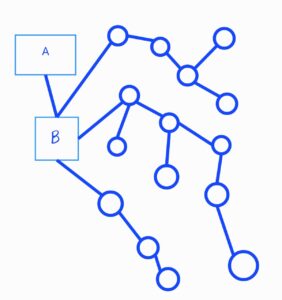
Figure 1. ZigBee mesh. ‘A’ is the router, ‘B’ is the Zigbee hub.
In contrast, Wi-Fi signals often struggle to reach the remote areas of an elongated or strangely shaped house, especially in the absence of a mesh Wi-Fi system.
Thus, for large households I strongly recommend the use of ZigBee (or Z-wave) smart lighting devices.
In the last eight years I have used more than 70 Hue bulbs. With very few exceptions, lamps never go unreachable, unless someone has turned off the wall switch. Thus, I now have taped to the on position all old-fashioned wall switches . Even if Hue lamps go unreachable, they become reachable again very quickly.
Occasionally, Hue remote switches become unresponsive. In this case, you just press all four buttons at the same time and the connection is re-established. I have not encountered any problems with Hue tap, button, and motion sensors. The latter respond with minimal delay.
Brand compatibility
It is important to have the option of mixing different compatible brands together. This increases our degree of freedom, especially when some brands are cheaper than others. During the last eight years I have also used more than 15 ZigBee smart bulbs and plugs from Ikea, Innr, Ledvance and Osram. They all played very well with the Hue bridge. I never had any problems.
Battery duration
Motion sensors, door sensors and dimmer switches use batteries. And batteries cost, especially if we change them frequently.
The Hue button needs two 2032 batteries per year. The remote switch uses one CR2450 battery and the motion sensor two AAA batteries. They last more than two years (see here). The Hue tap (Figure 2) doesn’t use batteries. The energy required for its operation is produced by the switch itself.
In contrast, Ikea buttons (Figure 2) and remotes are true battery drainers (see here).
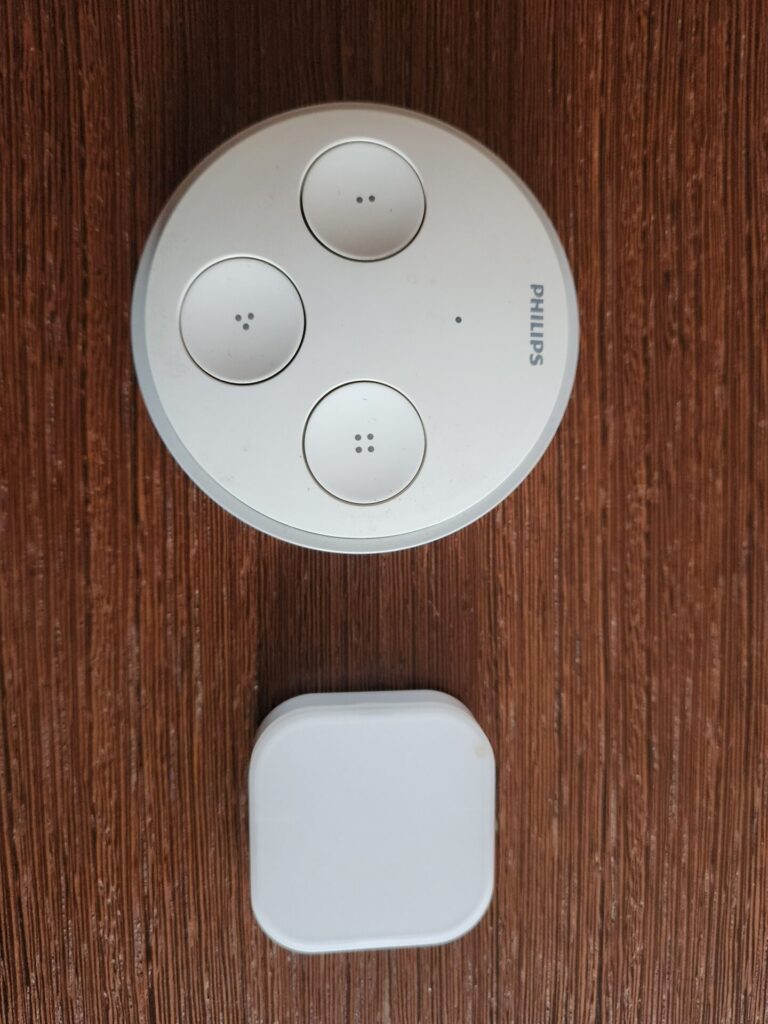
Figure 2. The Hue tap (upper) does not use batteries. The Ikea button drains batteries very quickly when is not connected to Ikea hub.
Malfunction and customer support
The malfunction of products and customer support are crucial points when selecting smart devices. I have installed more than 100 Hue devices so far. Only two bulbs malfunctioned.
One was a gu10 white ambience bulb. It stopped functioning two weeks after installation. The other was a color ambience e27 bulb, one of my first bulbs. It started blinking by itself after two years.
In both cases, I called the Philips Hue customer department and explained the problem. They asked me to provide a photo of the bulb showing the serial number. In two days, I had the replacement on my desk.
As pointed above, I have also used more than 15 Ikea bulbs and Innr, Ledvance and Osram bulbs and plugs. No one has so far malfunctioned.
This is not true of Ikea plugs, which by the way are very good repeaters of Zigbee signals. During the last two years I have bought six Ikea plugs. They connect to the Hue hub through the Hue essential app.
Three of them stopped working after two weeks. They started making a clicking sound. However, I went to Ikea, and they refunded me right away. They just asked for the receipt.
During the last eight years I have also used more than 15 Wi-Fi plugs, from Meross and other brands, as well as Govee and Sonoff led strips. They all function smoothly.
The controller of one of my Nanoleaf shapes malfunctioned after one year. It cannot connect to Wi-Fi. I made a technical support request to Nanoleaf. They informed me that the controller is eligible for replacement.
- Nanoleaf controller.
- Malfunction of controller results in Nanoleaf shapes turning on white.
Compatibility with smart home platforms
Most smart lighting brands are compatible with Alexa, Google Home, Smartthings, Home Assistant and Homekit.
It is interesting to note that about one year ago the Hue dimmer switch, tap and button were not identified by Alexa and Smartthings. Now they are, a fact allowing us to use them to start Alexa routines.
Price
The Hue system is expensive when compared to other smart lighting systems. Nevertheless, there are frequent discount offers on Amazon, and other providers.
I bought my first Hue set of three colored bulbs and the hub, from Athens, at a price of 199 euros. I bought the remaining Hue devices from Amazon, or other local dealers, at a price that was a fraction of the market price.
Compatible devices, such as Ikea, Innr, Ledvance, and Osram are cheaper and can be mixed with Hue ones. This further lowers the overall cost of transforming a household to smart with respect to lights.
- Hue bulbs in Amazon
- Innr bulbs in Amzon
- Ikea bulbs
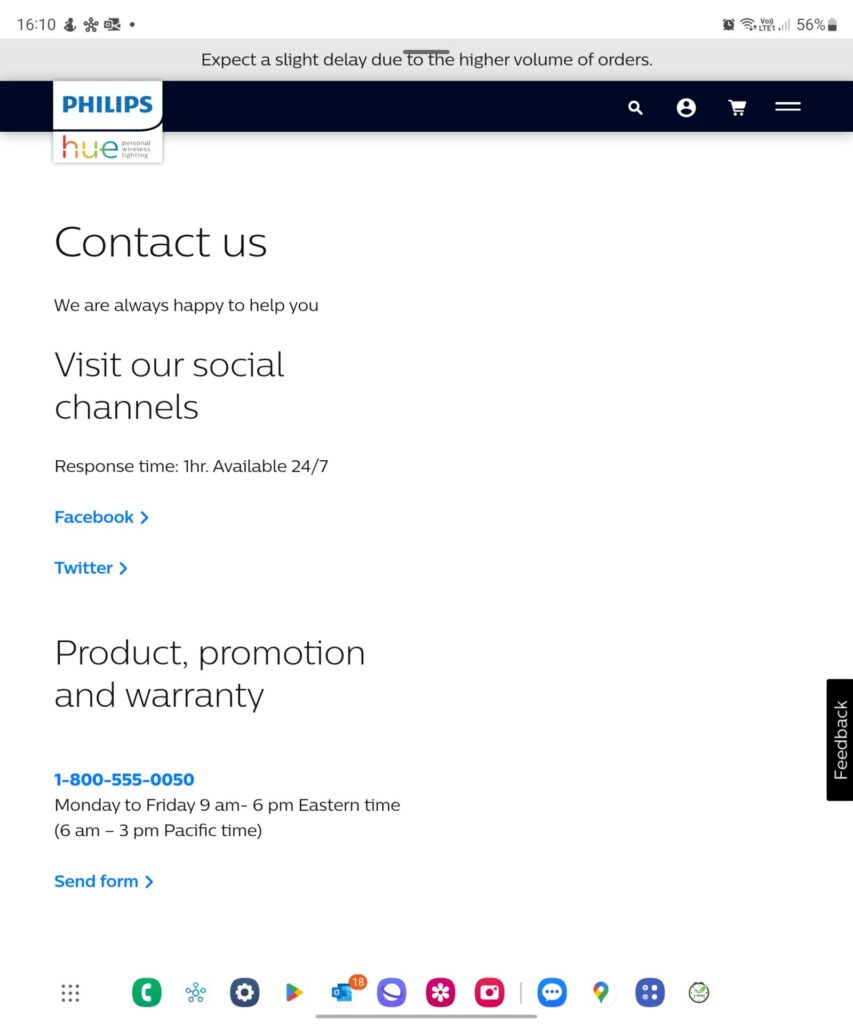
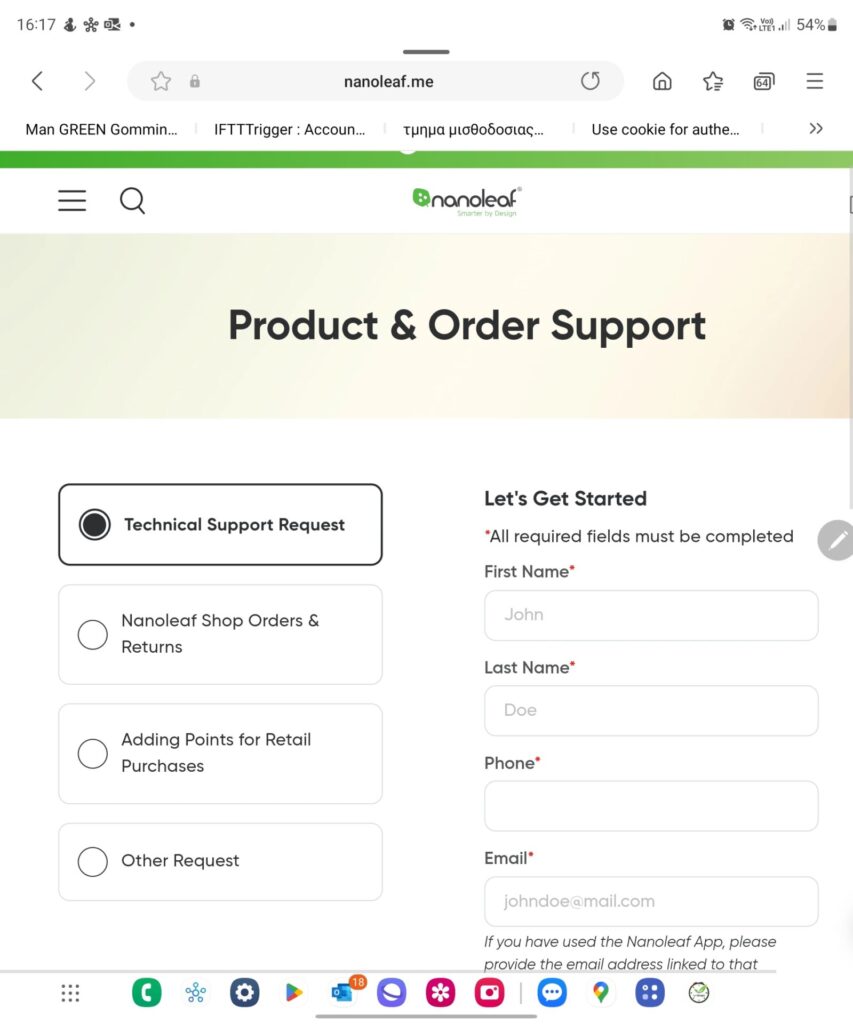
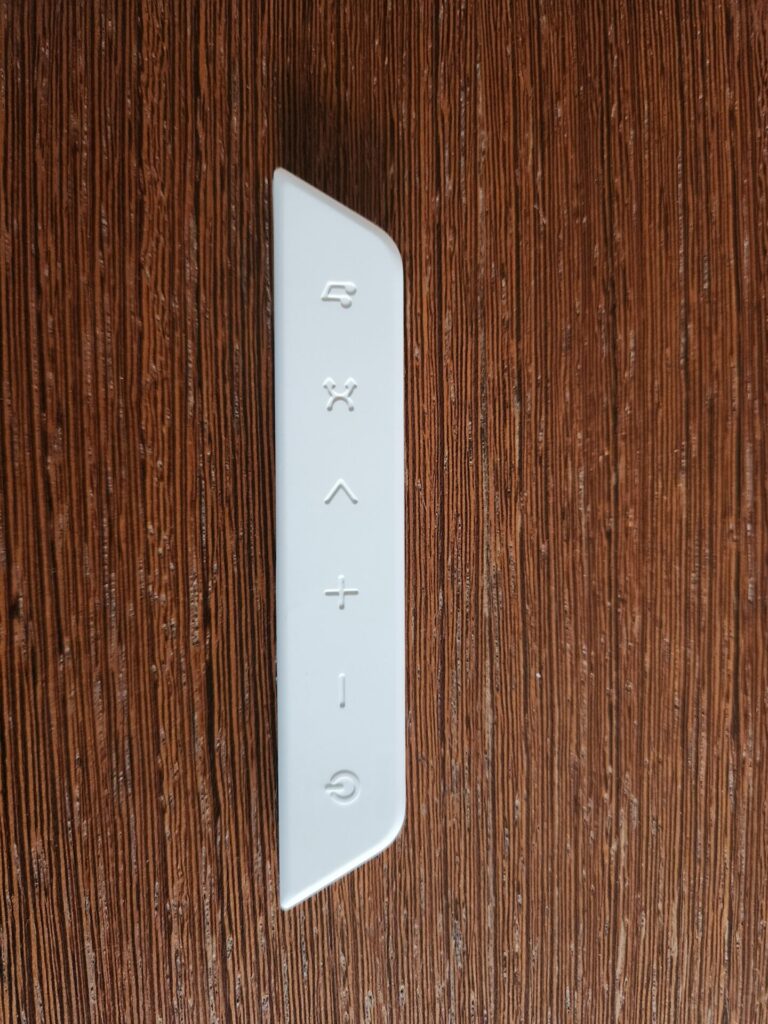
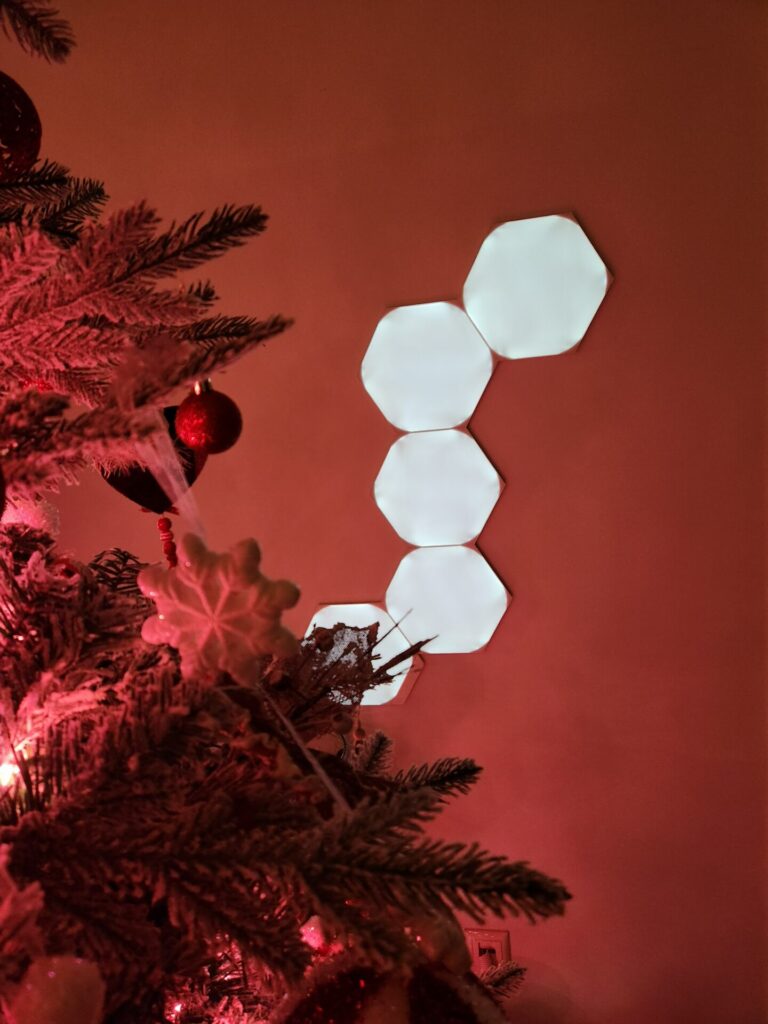
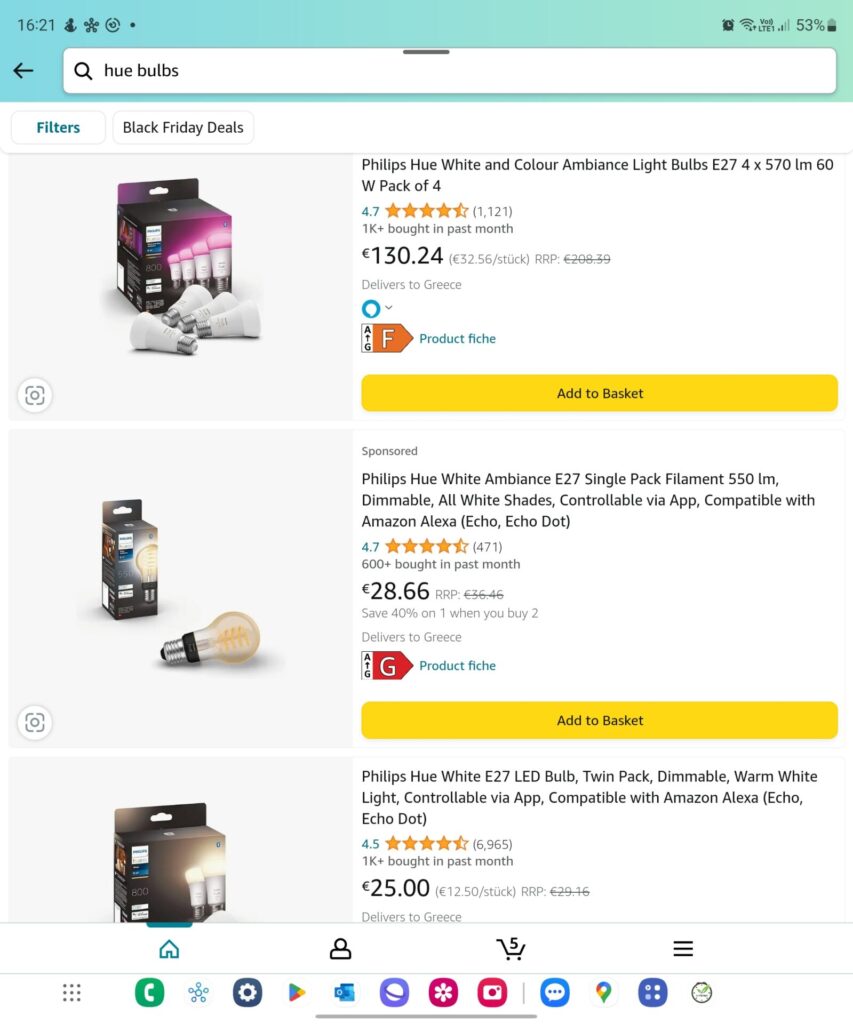
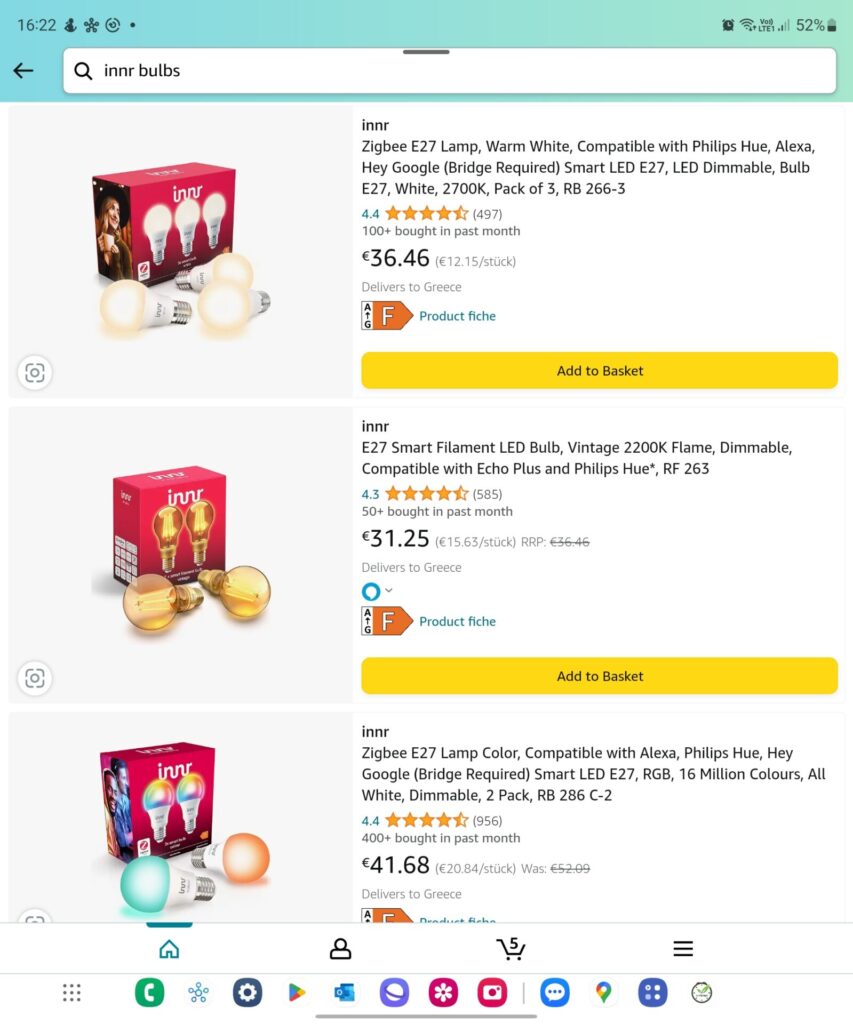
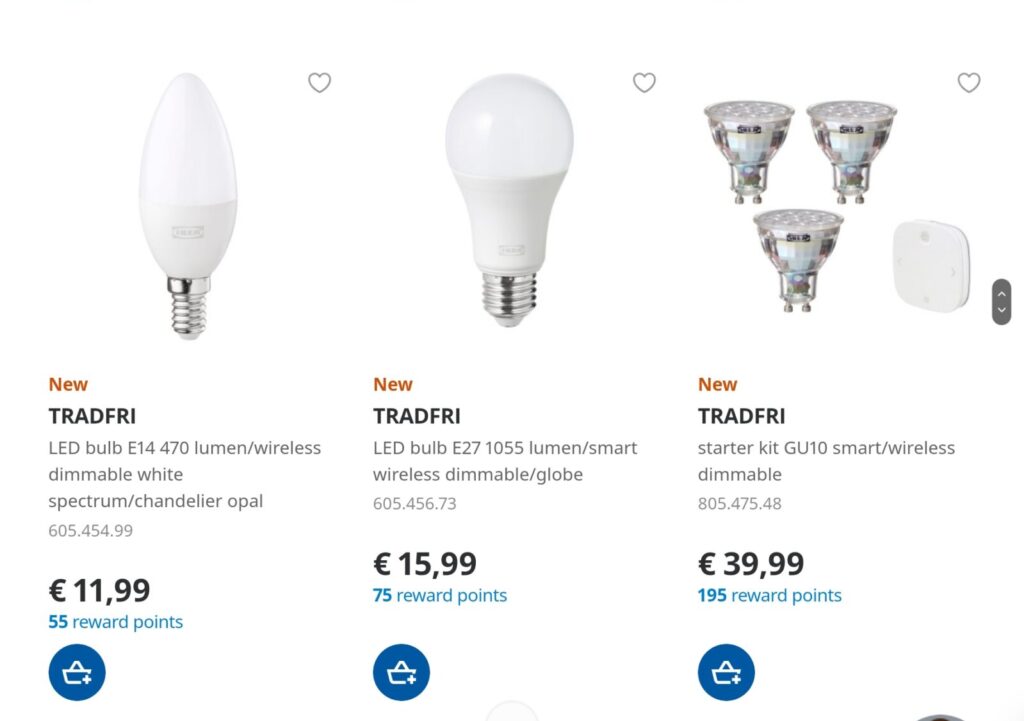
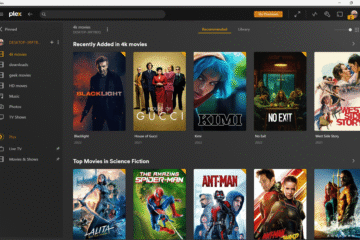
0 Comments